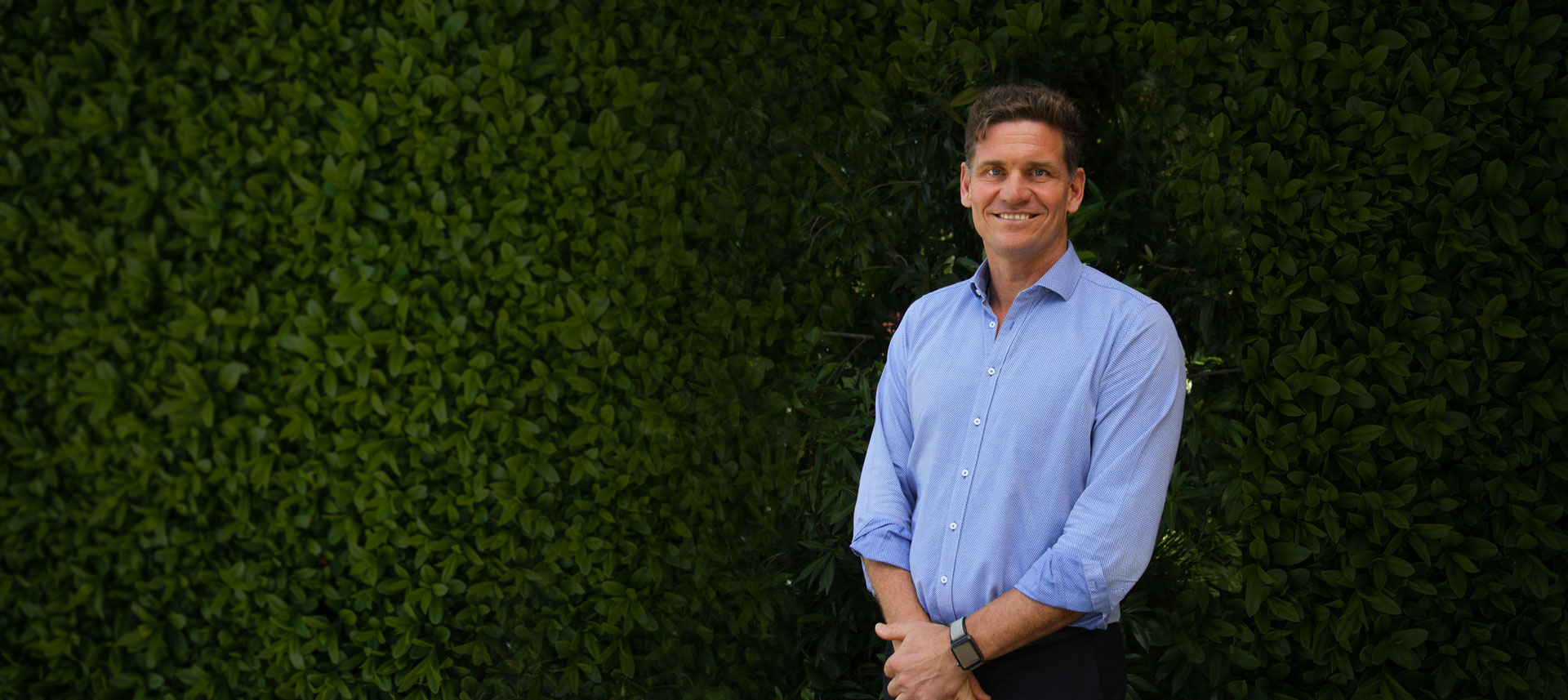
Diverticular disease is a very common condition in the Western World. It is not really a “disease” and a better term for the condition is diverticulosis.
What is it?
Diverticulosis consists of small pockets or protrusions of the lining of the large bowel wall through the muscular layer of the bowel and they appear on the outer surface of the large bowel. The most common site of the large bowel that is affected is the sigmoid colon, which is towards the end of the large bowel, just above the rectum. The remainder of the colon may be affected by diverticulosis, but the rectum is never affected. The diverticula (pockets) may vary in size from 2mm to about 1cm.
What causes it?
The condition is associated with a diet that is low in fibre. The condition is very rare in third-world countries where the diet is much higher in fibre than in the standard Western diet.
How common is it?
The condition is rare before the age of 30 but there is an increasing incidence beyond this. In our community, about 60% of people over the age of 50 have diverticulosis. It is a little more common in females than males.
Symptoms
The large majority of people with diverticulosis have no symptoms at all. Early symptoms consist of:
- cramping abdominal discomfort, usually on the left side;
- the bowel habit may become variable;
- and some people develop loose frequent motions due to spasms associated with the diverticulosis; and
- constipation may also accompany the condition.
The disease can be progressively sinister forming a chronic pelvic abscess, a colonic stricture, or fistula and can discharge infection into the bladder or vagina.
Other symptoms may occur if complications of diverticulosis occur (see below).
Diagnosis
Diverticulosis can be diagnosed on endoscopic assessment (flexible sigmoidoscopy or colonoscopy) or on barium enema. Clinical examination and endoscopic assessment can also usually detect complications.
Complications
- Inflammation \ Abscess \ Perforation
If the opening of a diverticulum becomes blocked inflammation may occur. This can be quite localised and this causes fairly severe localised pain, usually in the left lower abdomen, and there may be an associated fever. Subsequently an abscess may form outside the bowel wall and if this becomes large, perforation may occur and this may cause generalised abdominal pain. - Bowel Obstruction
As the result of thickening of the bowel wall and sometimes after scar tissue formation due to repeated episodes of inflammation, the bowel may become so narrow that it blocks the passage of faeces and flatus. Diverticulosis is one of the two most common causes of large bowel obstruction. - Bleeding
A blood vessel in the wall of a diverticulum may become traumatised and bleed. The blood will be either bright or a little dark and this bleeding may be quite significant. - Fistulae
Following a perforation, an abnormal connection with another intra-abdominal organ may occur and this is called a fistula. Organs that may communicate with the large bowel due to diverticulosis include the bladder, the small bowel or the vagina. This may lead to the passage of faeces or flatus in the urine or from the vagina.
Treatment
A high fibre diet is usually enough to control mild symptoms from diverticulosis. This reduces the pressure within the colon. Foods that are high in fibre include wholemeal and multigrain bread, high fibre cereals, fruit and vegetables. Fibre supplements such as unprocessed bran or psyllium are also useful. Commercially available fibre supplements such as Metamucil or Agiofibe may be more palatable.
Other treatments such as:
- antibiotics;
- bowel rest;
- bland diet; and
- sometimes admission to hospital may be necessary.
Surgery is sometimes necessary for the severe complications of diverticulosis. The large majority of patients with diverticulosis, however, never require surgery.
Common Myths
- Diverticulosis does not lead to an increased risk of colorectal cancer.
- People with diverticulosis can eat nuts and seeds and they do NOT block the openings of diverticula.
Not everyone who is diagnosed with diverticulosis will need surgical treatment.
